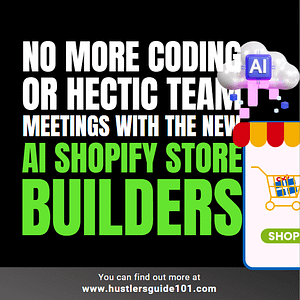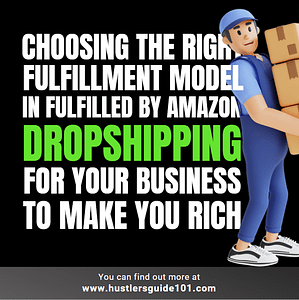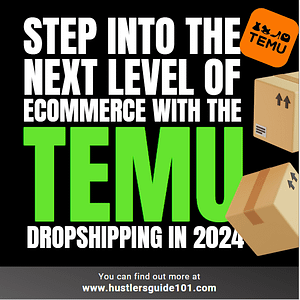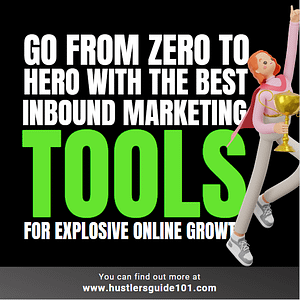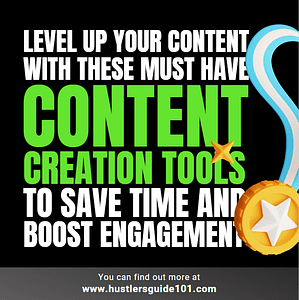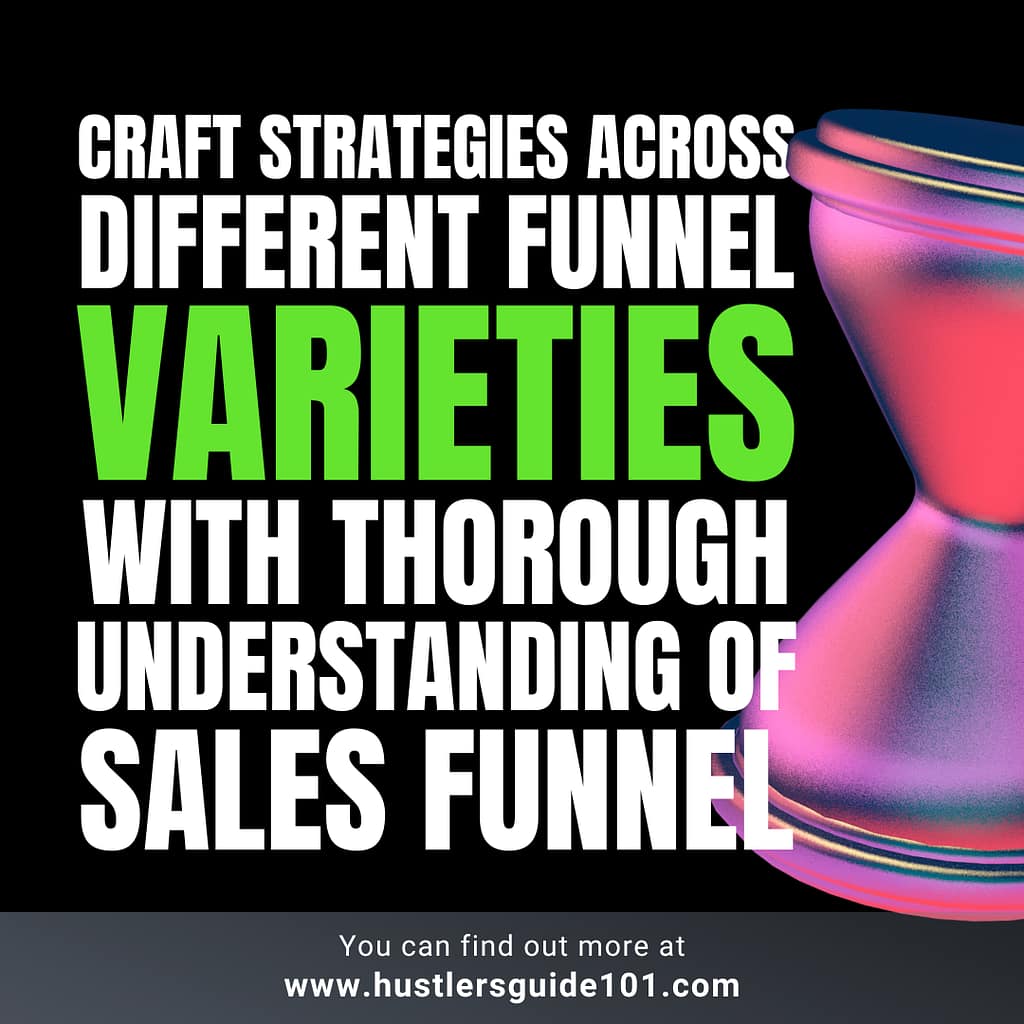
Ever feel like you’re in a maze of marketing strategies or different types of sales funnel, trying to find the perfect path to your audience’s hearts and wallets? We get it. Whether you’re a seasoned pro or just dipping your toes into the marketing pool, the struggle is real.
Limited budgets, fierce competition, and the eternal quest for the ultimate sales conversion – it’s like a marketing rollercoaster without a map. In this blog, we’re unraveling the mystery of different types of sales funnel, giving you a treasure trove of strategies to navigate the chaos and emerge victorious.
Types of Sales Funnel
Ever felt like your sales strategy is stuck in a one-size-fits-all rut? Well, we’re about to unravel the different types of sales funnel. According to SalesForce, 68% of marketers don’t measure their results from sales funnels. Whether you’re drowning in lead generation struggles or simply craving a fresh approach, this section is your beacon of hope.

What metrics to measure while building a sales funnel? If you are thinking hard over this, I got you covered with detailed guide on Sales Funnel Metric.
Traditional Sales Funnel
The OG of marketing, the Traditional Sales Funnel, takes prospects on a journey from awareness to action. It kicks off by introducing your product or service, creating buzz and trust in the Awareness stage. Then, it sparks Interest by providing valuable content. The Decision stage is where the magic happens, as prospects weigh options, leading to the final Action of making a purchase.
Do you know the difference between a sales funnel and a marketing funnel? Well, now you can with ease.
Inverted Sales Funnel
Flipping the script, the Inverted Sales Funnel starts with building relationships. It prioritizes understanding customer needs before bombarding them with solutions. By focusing on personalized interactions and providing value upfront, it aims to convert leads into long-term advocates.
Email Sales Funnel
The Email Sales Funnel leverages the power of email marketing to guide prospects through a series of strategic messages. It begins with capturing leads through opt-ins and then nurtures them with a sequence of targeted emails. From introducing your brand to offering exclusive promotions, this funnel aims to convert leads into customers through personalized communication.
Social Media Sales Funnel
This funnel leverages the power of social platforms to engage and convert leads. It starts with creating brand awareness through compelling content, then nurtures relationships by building a community. As prospects move through the funnel, strategic posts and interactions aim to turn them from followers into loyal customers.
Webinar Sales Funnel
The Webinar Sales Funnel relies on hosting virtual events to engage and convert leads. It begins with promoting the webinar, attracting interested participants. During the event, valuable content is delivered, showcasing expertise and building trust. Post-webinar, strategic follow-ups aim to convert attendees into customers.
High-Ticket Sales Funnel
Tailored for premium products or services, the High-Ticket Sales Funnel focuses on attracting and converting high-value customers. It often involves a more personalized and consultative approach, establishing trust through in-depth content, consultations, and showcasing the unique value proposition of the high-ticket offering.
Tripwire Sales Funnel
The Tripwire Sales Funnel entices leads with a low-cost, high-value offer to initiate the customer journey. This initial, irresistible deal, or “tripwire,” serves as the entry point. Once a prospect takes the bait, the funnel strategically upsells to higher-priced products or services, maximizing the customer’s lifetime value.
What if I say there is a way you don’t need any product to build a sales funnel? Yes, that is possible with an affiliate marketing sales funnel.
Do you know the difference between Landing page and sales funnel? If not, I got a detailed guide on Landing Page VS Sales Funnel for you.
Challenges and Solutions
From lead generation hiccups to conversion roadblocks, it’s a rollercoaster. The challenge? Ensuring your funnel doesn’t resemble a leaky bucket, losing precious leads along the way. Here’s the scoop on turning those challenges into triumphs.
Ever heard of an automated sales funnel? Learn in detail.
Challenge 1: Lead Generation Woes
Ever felt like you’re fishing in a pond with no fish? Generating quality leads can be elusive. The solution? Reel ’em in with targeted content, optimized landing pages, and irresistible lead magnets. Think of it as setting a buffet that your ideal customers can’t resist.
Challenge 2: Low Conversion Rates
So, you’ve got leads, but why aren’t they taking the plunge? Optimize your conversion points. Streamline the process, minimize form fields, and sprinkle some urgency – a virtual nudge to say, “Why wait when you can have it now?”
Challenge 3: Retention Riddles
Getting customers is one thing; keeping them is a puzzle. Solution? Engage post-conversion. Nurture relationships with valuable content, personalized emails, and loyalty perks. It’s like maintaining a friendship; you don’t just vanish after the first coffee, right?
Challenge 4: Data Dilemmas
Data overload, anyone? Making sense of the analytics maze is a challenge. Identify key metrics aligning with your goals. Whether it’s click-through rates or conversion rates, focus on what matters. It’s like cleaning your closet – keep what sparks joy (or revenue).
Challenge 5: One-Size-Fits-None
Generic funnels are so last season. Tailoring your approach to diverse audiences is vital. Segment, personalize, and conquer. Treat your leads like the unique individuals they are. It’s the difference between a bespoke suit and an off-the-rack ensemble.
Challenge 6: Tech Tangles
Ever felt lost in a sea of marketing tools? Integration issues are real. Choose tools wisely, ensuring seamless communication. It’s like assembling a superhero squad – each tool plays a crucial role in your epic marketing saga.
Did you know there is another sales term known as sales pipeline? You can learn about what is a sales pipeline and how it works in detail.
Do you know the difference between sales funnel vs marketing funnel? If not, you now have the chance to know in detail.
Hot FAQs: Types of Sales Funnel
Are sales funnel outdated?
No, sales funnels are not outdated. They’ve evolved with technology and consumer behavior, offering dynamic ways to engage and convert leads. Embrace modern funnel variations to stay relevant and maximize your marketing impact.
What is the ideal sales funnel shape?
The ideal sales funnel shape varies by business, but generally, it’s a dynamic, iterative process. It begins broad, attracting a wide audience, narrows down as prospects engage, and ultimately leads to a conversion point. Regularly analyze and adjust your funnel shape based on data to optimize performance.
What is typical customer funnel?
A typical customer funnel consists of stages: awareness, interest, consideration, and decision. Customers move through these phases, starting with discovering your product, developing interest, considering it against alternatives, and finally, making a purchase decision. Understanding and catering to each stage is crucial for effective customer engagement and conversion.
What is a sales funnel chart?
A sales funnel chart visually represents the stages of a customer’s journey, from initial awareness to final conversion. It resembles an inverted pyramid, showcasing the decreasing number of prospects at each stage. This visual tool helps businesses track and optimize their sales processes, providing a clear overview of where leads are in the funnel at any given time.
Wrapping Up: Types of Sales Funnel
Armed with insights into diverse sales funnels, you’re on the brink of transforming challenges into victories. As you embark on this journey, here’s a secret weapon: Harness the power of user-generated content!
Encourage your audience to share experiences and watch the ripple effect on trust and engagement. It’s the golden ticket to amplify your brand’s voice and create a community that’s not just a market but a movement.


